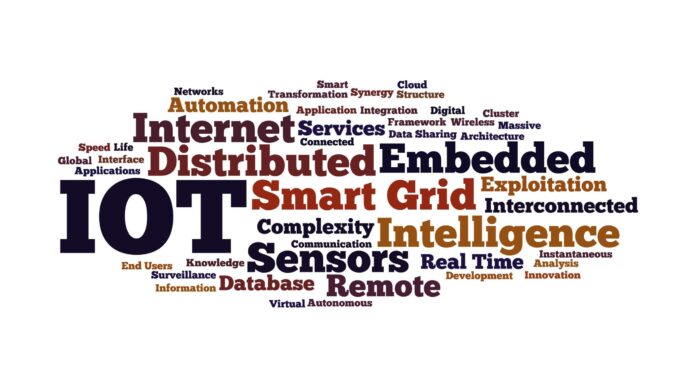As the “Internet of Things” continues to develop, with industrial applications leading the way, new chipsets are set to allow IoT devices to connect to the Verizon LTE network.
The chipsets developed to support IoT connections to the Verizon Wireless LTE network were developed by Sequans and Altair. Access to the Verizon Wireless LTE network is seen as a key to scaling IoT services.
Speaking in October, Verizon SVP of Enterprise Products Mike Lanman said scalability is a key challenge to fully realizing the potential of the IoT.
“Despite the exciting potential, IoT is still too complex, too fragmented, too expensive to connect and too hard to scale,” Lanman said. “Success in that future relies on a leader that can cut through the complexity and change the IoT model. That’s where Verizon comes in. With our experience in networks, devices, platforms and applications, we are taking a holistic approach to simplifying adoption to expand the IoT market from millions to billions of connections.”
And support from the Verizon Wireless LTE network is seen as key to that expansion.
“For the first time ever, category 1 LTE network capabilities will be available for IoT devices,” explained Verizon spokeswoman Rachel Lewis. “This is significant because providers haven’t been able to do this before and if IoT is going to scale, developers and others need to be able to connect devices at a much lower price point.”
The Cat 1 LTE standard equates to support for downlink speeds up to 10 megabits per second and uplink speeds up to 5 Mbps.
In a blog post, Sequans discussed the importance of Cat 1 LTE chipsets – the company’s version is called “Calliope” – to the machine-to-machine section of IoT.
The key takeaway is that while standardization groups work on a specification for the IoT-optimized LTE-M standard, Cat 1 LTE for IoT is a “low cost solution that can be deployed now. Cat 1 (up to 10 Mbps) has been part of the earliest 3GPP LTE specifications, meaning LTE operators can deploy Cat 1 devices with no need for new network equipment or major upgrades, allowing them to manage their networks more efficiently by not allocating excessive resources to devices that don’t require high throughput. Cat 1 provides meaningful cost and power reductions vs. today’s Cat 4 and higher LTE solutions, while providing seamless coexistence with today’s network deployments. It is an important step towards the LTE-enabled Internet of Things.”
To give an example of what Verizon Wireless LTE can bring to the industrial IoT market, the carrier said it’s working with drone company PrecisionHawk on a trial “to develop a mapping and analytics solution for the agriculture industry,” Lewis said. “Verizon and PrecisionHawk are working with Hahn Estate, a family-owned winery based in the Santa Lucia Highlands, in California’s Monterey County, to help the winery identify disease, estimate yield and harvest more effectively.”

